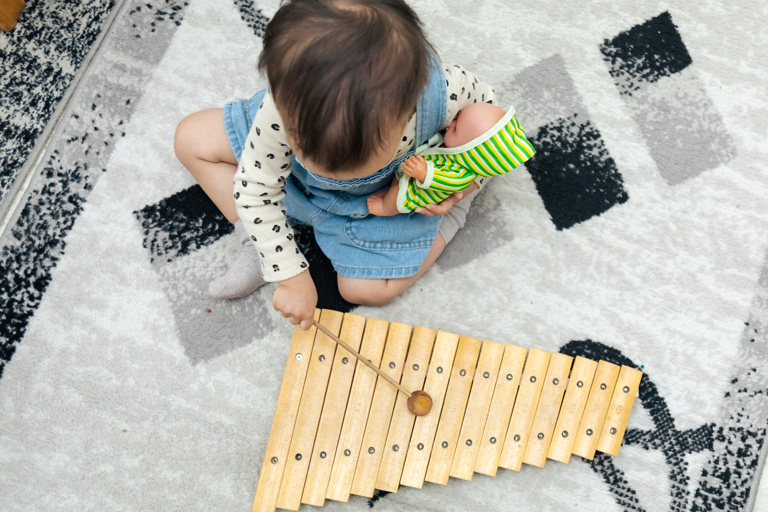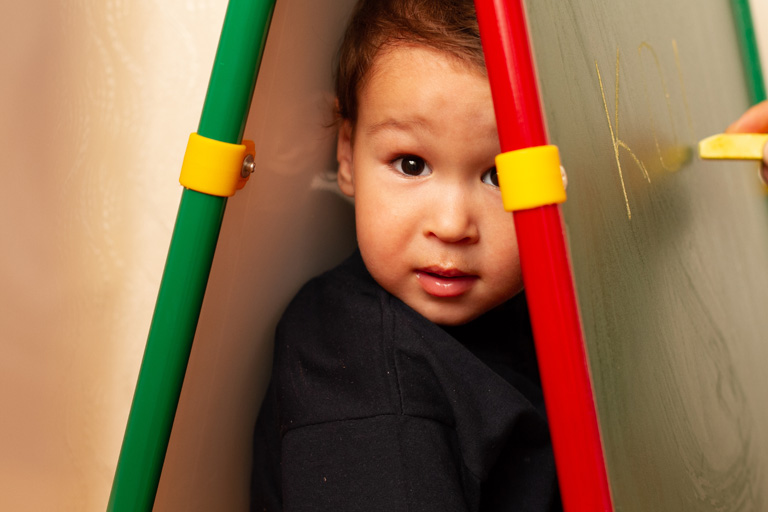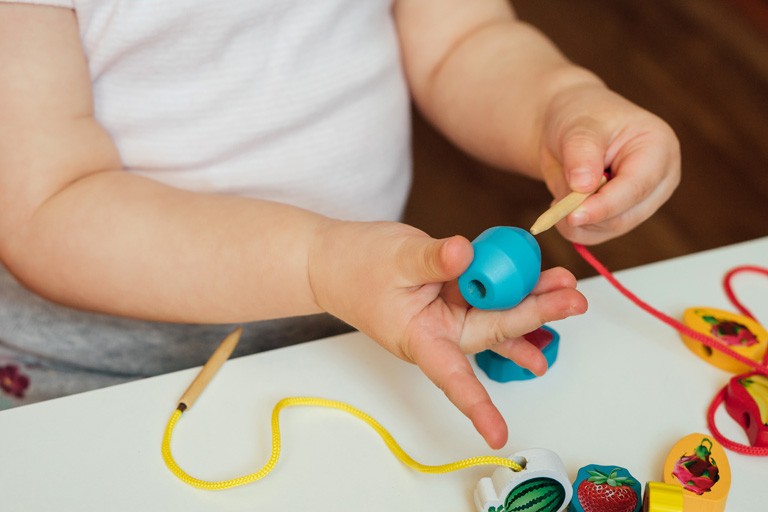Diagnosis and Treatment of Childhood Apraxia of Speech (CAS) Part 3 of 3
May 19, 20165 Tips for Healthy Family Sleep Habits
July 13, 2016By Tamara Guo, M.Ed.
TEIS Developmental Specialist
You have a toddler, right? And every 5 minutes you feel like you are saying “No, stop or don’t!”, am I correct? Is your toddler listening? Oh, they are hearing you, yes, but they are a toddler and so they just keep on keeping on and are probably tuning you out as your voice gets louder and louder.
What if there was a better way to encourage your child to be more cooperative and follow through without using the word “no”? There is!
Here are 5 ways to say things differently to your toddler, instead of using the word “no”. These suggestions may require YOU to reshape your own behavior, as you begin to reshape your child’s behavior.
1. Tell your child what you want him to do instead of what NOT to do: For instance, instead of “Stop running!” say “Walking feet inside”. Instead of “Don’t stand on the chair!” say “Chairs are for sitting”. Instead of “No hitting your brother!” say “Hitting hurts, we use nice/gentle touches” or “arms are for hugging”. Get the idea? Now you are TEACHING your toddler what the desired behavior is, instead of just repeating no, stop, don’t. The more calm YOU remain, the more effective you will be for your out of control toddler.
2. Validate your child’s feelings/moods: Little ones have wide mood swings and frequent meltdowns, it’s a developmental thing! But you can help children cope with their emotions and meltdowns by describing and validating their feelings for them. This doesn’t mean that they get away with what they want, but they are learning that we all get happy, excited, mad, frustrated, sad and how to express those emotions more appropriately. For example, instead of “No whining!” try “You are whining because you want to go out and play and Mommy is washing dishes. Mommy does not like your whiney voice, she likes your big boy voice. When Mommy finishes washing dishes and you use your big boy voice, we will go outside”. Or, instead of “Stop crying!” try “You are crying because Megan took your doll. That made you sad. Let’s go ask Megan for the doll back and tell her it made you sad when she took it from you without asking.”

3. Explain reasons behind your request and tell your child the desired behavior you want to see: For example, “No pushing on the slide” becomes “I will not allow you to push your friends on the slide because someone might fall off and get hurt” or “Quit that banging!” becomes “You cannot continue to hammer on the wooden floor because Daddy is sleeping and you will wake him up. Let’s hammer on this pillow instead so it’s quieter”. See how that again helps teach instead of “No pushing!!” or “Quit banging on the floor!”?
4. Describe what you see: Instead of “No throwing your food on the floor!” try “I see you keep throwing your food on the floor, that must mean you are done eating. I will put your dish in the sink and you can help me clean up the floor”. Or, “Stop ripping the books!” try “I see you are tearing your pages in your books, that means you are done reading and I am going to put your paper books away for now. You can try reading those again tomorrow without tearing your pages. Here is a cardboard book instead.”

5. Turn your child into a helper and praise her when she does well/catch her being good: When it’s time to leave the house and your child doesn’t want to stop playing, instead of “It’s time to stop playing now, clean up your toys” try “You can help me pick up your blocks and then go get your coat off the hook. I bet you can do it all by yourself, but if you need help Daddy will help you put your coat on so we can leave for Grandma’s”. Or instead of “I said, no spilling your cup!” try “I see you spilled a little, but that was great how you got your napkin and wiped up your juice for Mommy, what a big helper you are!”
Toddlers respond to both negative and positive attention. The more positive attention and teaching moments we have the better they will behave and respond with cooperation. We want toddlers to learn that they get attention for behaving, not for misbehaving. No child is meltdown free, but sometimes our response, words and actions in a given circumstance can make all the difference in whether our child will respond positively or negatively, or in other words, comply or rebel. Toddlers like to be in control. If you’ve never read the toddler’s creed here’s a link. When you offer positive guidance & maintain a calm voice you are helping your toddler with his self-regulation. Teaching positive behaviors, validating and teaching emotions and feelings, giving toddlers choices and lavishing praise when appropriate all help your child on the road to learning self-discipline.

 Send to a friend!
Send to a friend!


